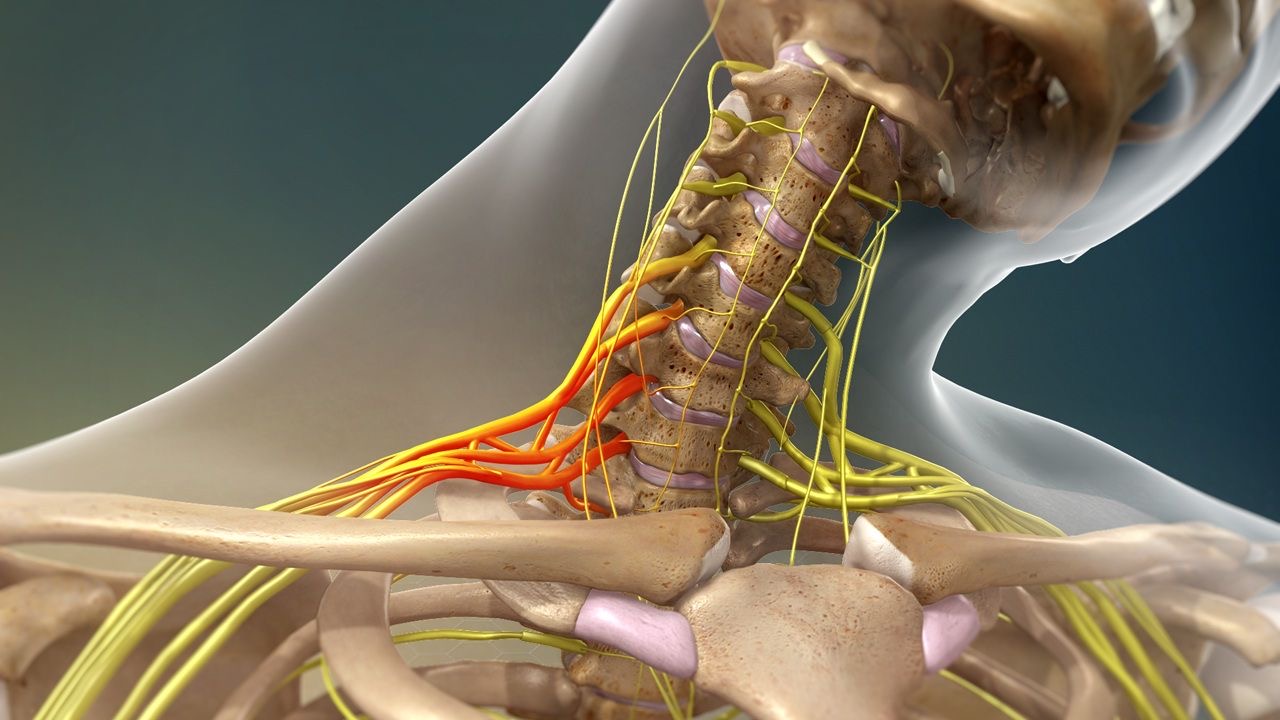Headaches
- Home
- Headaches

Understanding Headaches
Headaches, migraines, and vertigo are some of the most common reasons people seek chiropractic care—especially when they feel like they’ve “tried everything” and still haven’t found lasting relief. One of the most overlooked contributors to these symptoms is a dysfunction in the upper cervical spine, specifically the atlas (C1) and axis (C2) vertebrae. This region is the gateway between the spine and the brain, and even subtle misalignments can have a wide-ranging impact on how your nervous system functions.
What does the Scientific research show?
A pilot observational study titled “Effect of Atlas Vertebrae Realignment in Subjects with Migraine” found that subjects receiving a specific upper cervical realignment showed a reduction in migraine frequency and improved quality of life.
A literature review on cervical involvement in migraine (Aoyama et al., 2020) found that cervical disability (neck pain, restricted motion) is associated with worse migraine outcomes and may reduce response to pharmacologic treatments.

The Anatomy to Headaches
When C1 or C2 shifts out of optimal alignment, it can affect the body in several ways:
– Neurological Irritation: This is why many migraine sufferers experience neck stiffness or tenderness before or during an episode.
– Muscle Tension & Postural Stress: These biomechanical changes increase stress to the back of the skull and can generate tension headaches or migraine triggers.
– Restricted Blood Flow & Cerebrospinal Fluid Dynamics: These disruptions can increase intracranial pressure or reduce oxygenation to the brain—both common migraine contributors.

How can chiropractic help?
Chiropractic care can help with headaches, migraines, and vertigo by restoring proper alignment and function in the upper cervical spine—the area where the head and neck meet and where many pain and balance pathways originate. Gentle, specific chiropractic adjustments help improve joint motion, reduce neurological irritation, and rebalance the surrounding muscles and ligaments. As a result, many patients experience decreased headache and migraine frequency, reduced intensity, improved neck mobility, and better stability and equilibrium. While every case is unique, addressing upper cervical dysfunction offers a non-invasive, drug-free option for people seeking long-term relief from these conditions.

